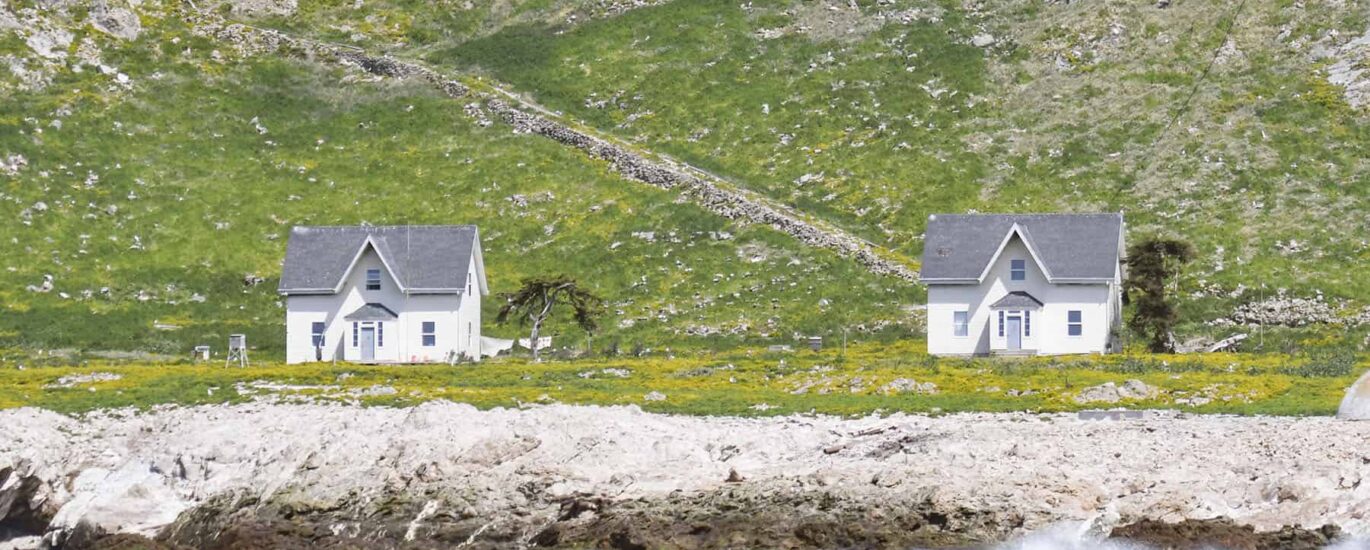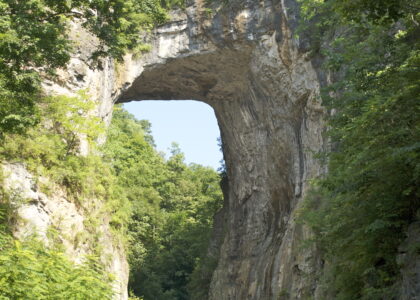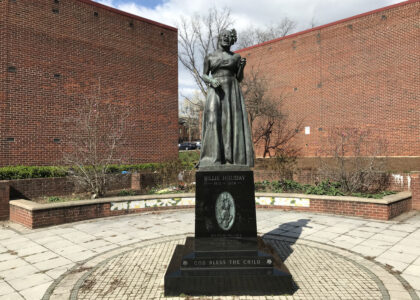Nestled in the Pacific Ocean, about 30 miles off the coast of San Francisco, lie the mysterious and rugged Farallon Islands. Often shrouded in mist and mystery, these islands have a rich history that dates back centuries. First charted by European explorers in the late 16th century, the Farallon Islands were named ‘Farallones,’ meaning ‘rocks’ or ‘cliffs’ in Spanish, by the Portuguese explorer João Rodrigues Cabrilho in 1542.
The islands quickly became a focal point for maritime explorers and traders navigating the treacherous waters of the West Coast. During the 19th century, the islands were used as a base for fur traders hunting the abundant northern fur seals. This period marked a significant chapter in the islands’ history, as the fur trade nearly wiped out the seal population, which eventually led to the establishment of the Farallon National Wildlife Refuge in 1909 to protect the islands’ unique ecosystem.
In the mid-1800s, the islands served as a lighthouse station to guide ships safely through the fog-laden waters of the Pacific. The Farallon Lighthouse, first lit in 1855, became a beacon of hope and safety for sailors. It stands as a testament to the engineering feats of the time, helping to prevent countless shipwrecks in the notoriously dangerous waters.
The islands have also played a role in scientific research. In the 1960s, the Farallon Islands became a hub for biological studies, especially concerning the rich marine life in the surrounding waters. Researchers have been drawn to the islands to study everything from migratory bird patterns to the behavior of the great white sharks that frequent nearby waters.
Notable figures have been captivated by the Farallon Islands’ allure. Conservationists like David Brower campaigned for the preservation of the islands’ delicate ecosystem, emphasizing the importance of protecting such unique natural habitats.
Today, the Farallon Islands remain largely uninhabited by humans, with access restricted to protect its wildlife. The islands serve as a critical breeding ground for seabirds and marine mammals, earning them the nickname ‘California’s Galápagos.’ Their rich biodiversity continues to be a source of fascination for scientists and nature enthusiasts alike.
As you take in the view of these remote islands, imagine the bustling activity of the past—traders, sailors, and scientists all drawn to the Farallones, each leaving their mark on this rugged landscape. The Farallon Islands are not only a sanctuary for wildlife but also a historical landmark that tells the story of human interaction with the natural world.






